Preseason strength and conditioning programs prepare athletes for their grueling upcoming season. In particular, building a strength foundation is important for improving skills, preventing future injury, and quickly enhancing overall fitness. In the offseason, athletes are resting to mentally and physically recharge for another year of competition. Although preseason strength and conditioning is challenging, it helps athletes transition into high-intensity training and keep them strong throughout their competition season.
Read MoreKinesiology tape is used by athletes of all ages across all sports. Commonly seen on the shoulders of volleyball players and knees of runners, kinesio tape comes in a variety of bright colors and is intended to improve athlete performance. Although this tape is a popular wardrobe addition, the real question is: does the tape actually work? Injured athletes will try anything if it means they can return to the game, and this tape may or may not be the answer.
Read MoreA large factor in achieving success in volleyball is the ability to quickly anticipate and react to situations on the court. Building a primary set of volleyball mechanics at a young age is important for an athlete’s future strength and quickness training. Once the basics are well practiced, athletes can use sets of progression drills to improve the skills that are already in place. Here are four progression drills proven to enhance player quickness and performance on the court.
Read MoreStrength training, stability, flexibility, and mobility are inextricably intertwined; an athlete cannot excel at one without the other. Greater stability, flexibility, and mobility ensure that athletes maintain proper exercise techniques and reach their full range of motion in order for target muscles to fire and strength to improve.
Read MoreSwimmers train differently depending on their stroke specialty and preferred distance. Butterflyers, backstrokers, breastrokers, and freestylers require unique dryland strength exercises much like how sprint, middle-distance, and distance athletes need variation among their workouts. While the general phases of strength training are the same across all swimmers, there should be particular movements within each workout that translate to the strokes and distances they swim most often.
Read MoreLast week at the 2017 Swimming World Championship Trials, we held our first #BridgeLIVE event with our co-founder, Nick Folker. While on deck in Indianapolis, Nick answered questions that were sent in from athletes and coaches about preparing for the championship event. Here is the LIVE video and a recap of our #LIVEwithNICK.
Read MoreEvery day we hear championship stories about how BridgeAthletic's strength training software is helping coaches and athletes achieve their goals and overcome obstacles. By making coaches more efficient, the department more connected, and athletes' development more accessible, the BridgeAthletic strength training software takes athletic programs to the next level. These stories motivate us to build better athletes in all sports around the world. Featured in this #BridgeBuilt Series is James Krumpos, the University of Arizona’s Assistant Athletic Director for Performance Enhancement, who talks about how his team of performance coaches use BridgeAthletic’s platform to enhance their program.
Read MoreThere are many different elements strength coaches must consider when designing a strength program for their athletes. Whether players are just beginning to build strength or are well-developed professionals, the most effective strength and conditioning programs implement training cycles and progressions.
Read More
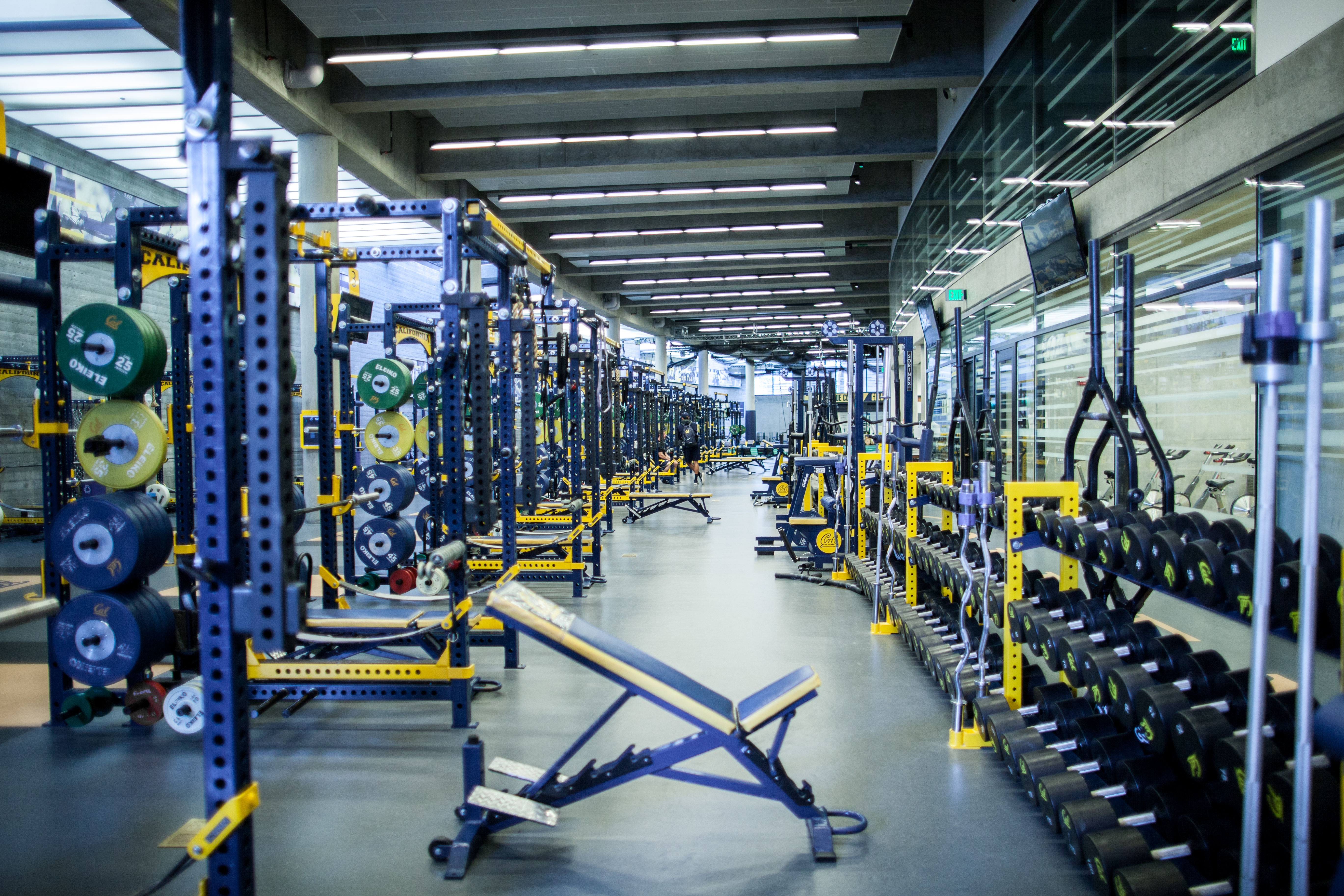
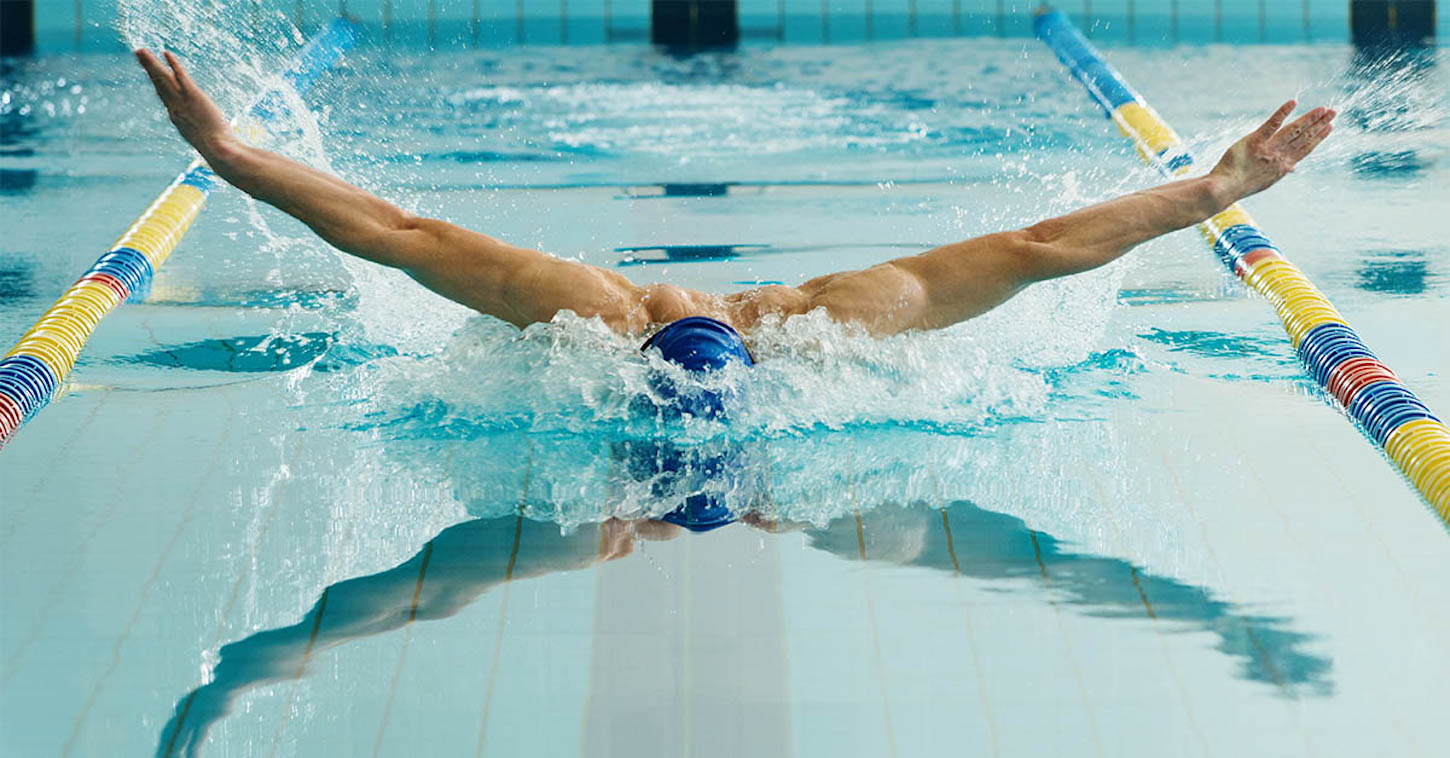


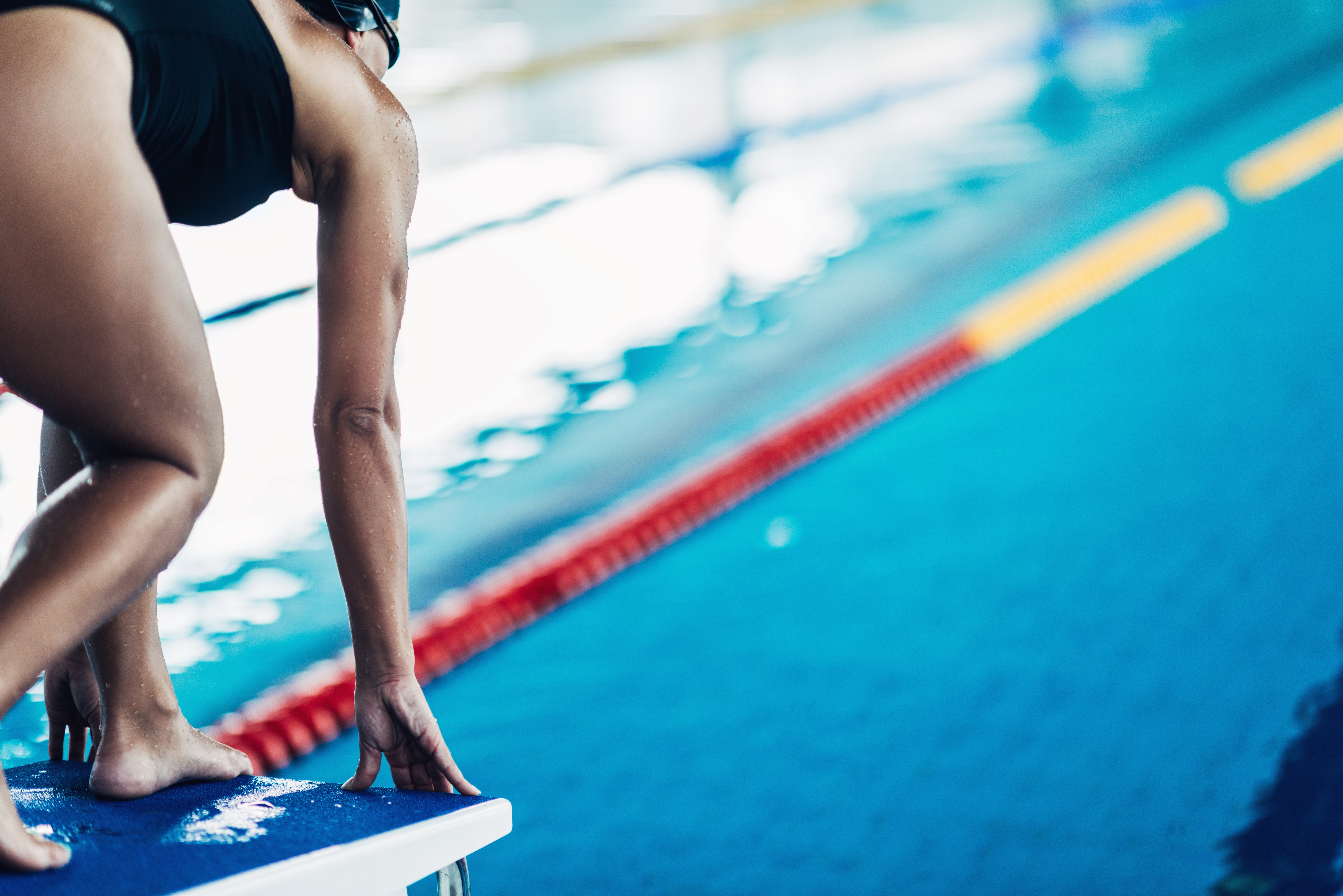
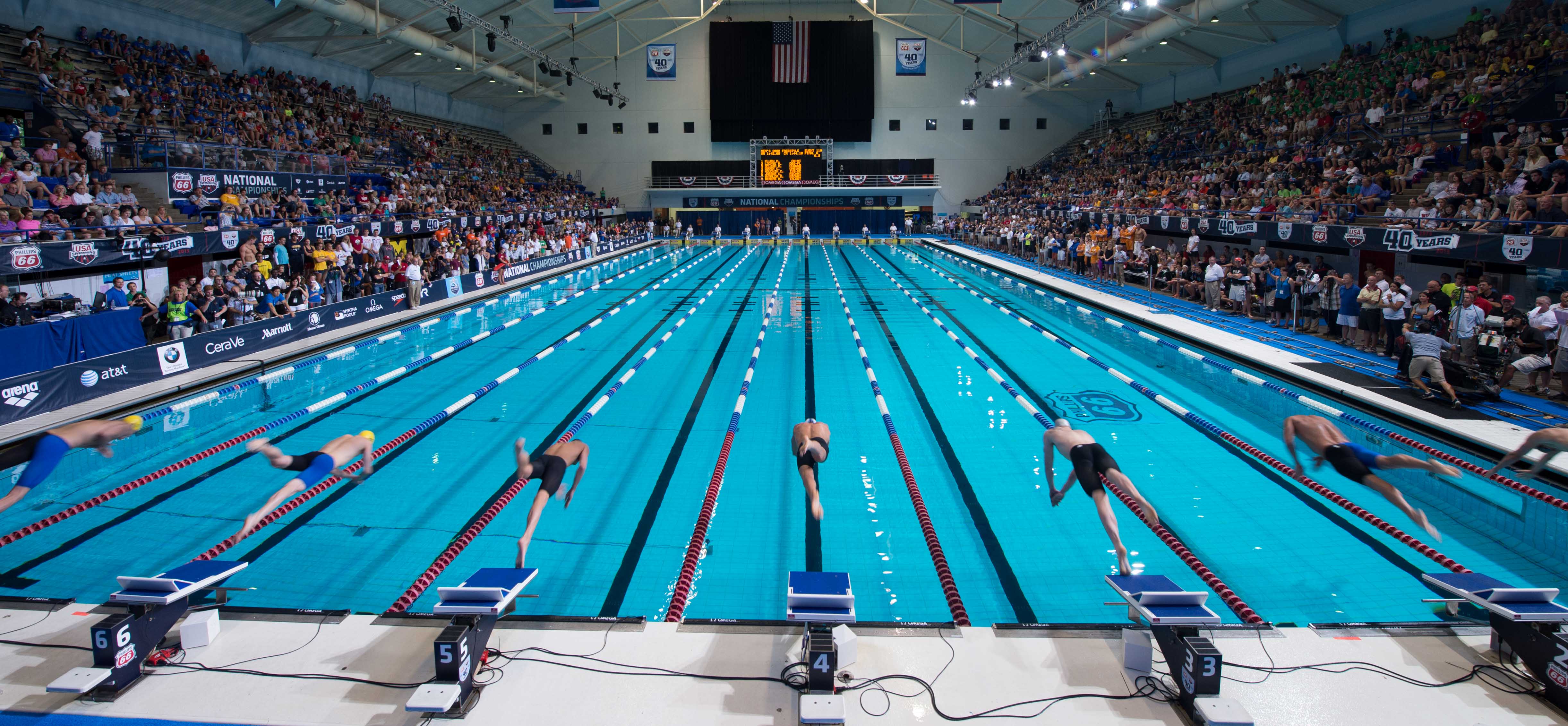

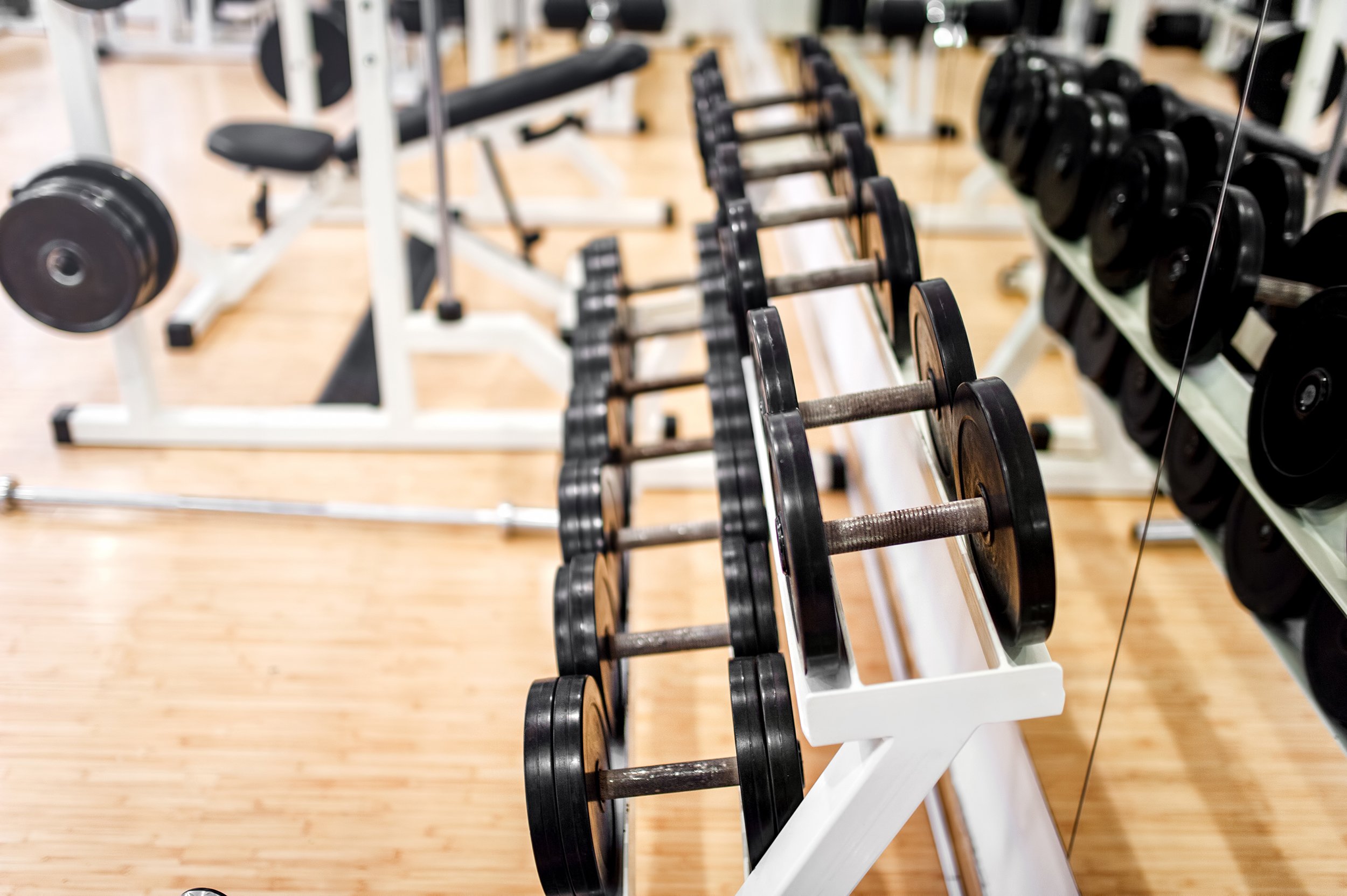
-1.jpg)